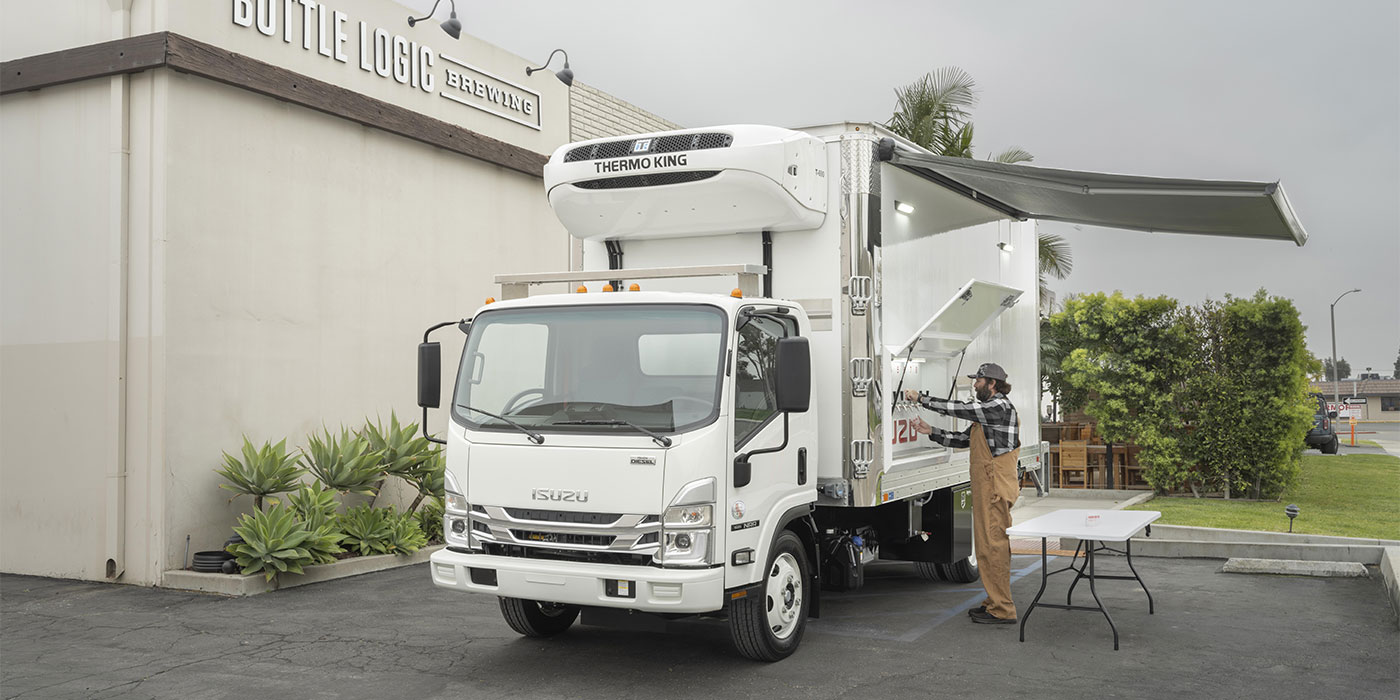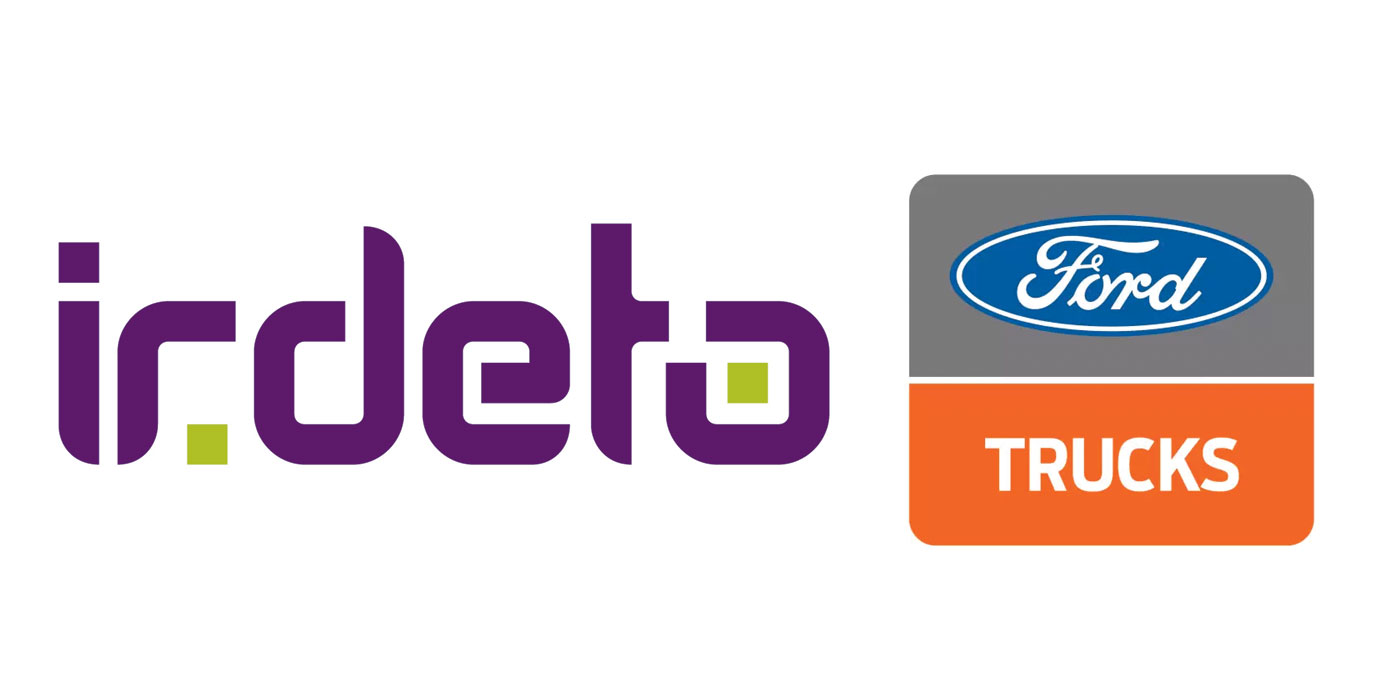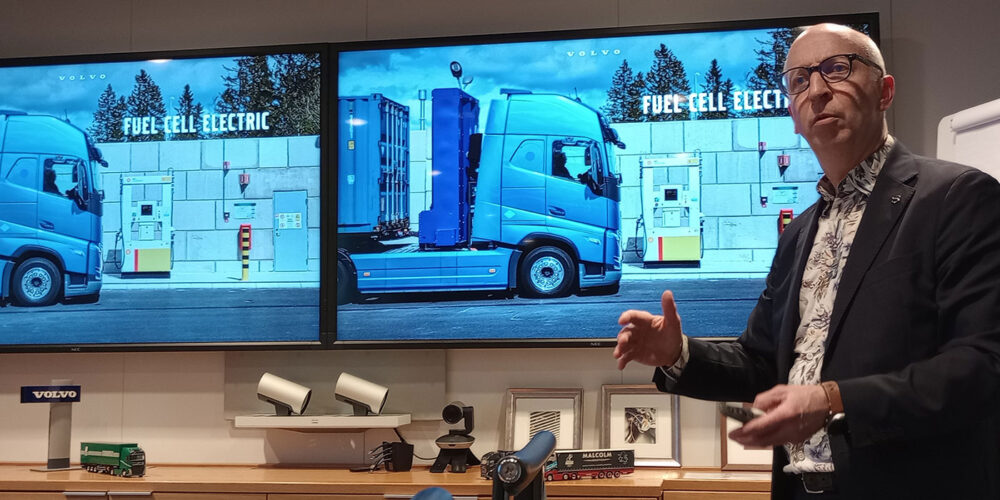“Before you get too carried away, check with the real world.” Those words were directed to me as an enthusiastic, young engineer by an older boss early in my career. His words were particularly applicable, because I was working for a large tire company. As they were then –– and still are now –– tires are the most complex component on a truck (an undisputed claim, at least until the recent electronics explosion). They have evolved primarily through empirical changes in design, materials, and manufacturing technology. Tires, unlike solid structures such as engine blocks, have never fully succumbed to mathematical modeling. Tire engineers must analyze tires as though they were column structures, thin-wall membrane pressure vessels, multi-plane spring structures or other complex objects. Always, new designs are compared to earlier, existing tire models that are known performers.
Tires, of course, are vitally important, since they are the only connection between a vehicle and the road. All acceleration, braking and cornering forces must be transmitted through the tires to maintain vehicle control. Tires also contribute to suspension springing and damping functions, noise generation and noise transmission, even isolation from electrical conductivity. A lot of knowledge about tires isn’t found in textbooks, but it is accumulated among manufacturers, service personnel and end users. This experience can work for you.
Observations of some fleet tire programs give cause for concern. First, tire workers filling an entry-level shop position often don’t stay at the job long before moving on to higher paying positions. Many never receive advanced training or accumulate experience beyond basic safety warnings, mounting and dismounting tires on wheels, and mounting those assemblies on vehicles. Even seasoned tire workers rarely have frequent access to tires in service unless it’s to address a problem or a routine tire change.
Secondly, there is a growing trend to outsource tire servicing. This allows some fleets to reduce captive overhead and may seem more appropriate today than in past years because tires have become highly reliable, sometimes to the point of being taken for granted except for normal wearout. There is concern, however, that even good service vendors sometimes might not care for your tires as well as they would if they owned them.
All tire gurus properly place inflation maintenance as the top priority for a good tire program. However, there is another important aspect of tire maintenance that is increasingly difficult to accomplish today, but which can be very important to controlling costs and avoiding tire related surprises: VISUAL TIRE INSPECTIONS. Many conditions that will later develop into tire problems can be detected early through basic visual inspection by a trained eye. Keys to making this work are developing “trained eyes” and having a formalized inspection program.
Subtle conditions like snags, excess curbing, impact marks, brake skids, mudflap hanger cuts and the early onset of irregular wear patterns can often be addressed in time to avoid loss of treadlife or even casing failures. It is important to decide who is responsible for tire inspections, when they are conducted, and how to assure compliance. Inspections are best conducted by someone with frequent and reliable access to the truck, not necessarily the regular tire service person. Training of the inspector is essential, whether it’s the driver, fuel island attendant, yard jockey or others. This is best done by the most experienced tire person(s) available. Special emphasis should be placed on looking for signs that “this condition could develop into a more serious problem.” Most tire manufacturers can provide helpful expertise if you don’t have it in-house, and the Technology and Maintenance Council of ATA has developed excellent reference materials. Well-trained eyes can save lots of tire miles and lower costs. Don’t let all that experience sit idle –– pass it on to someone close to the truck.













